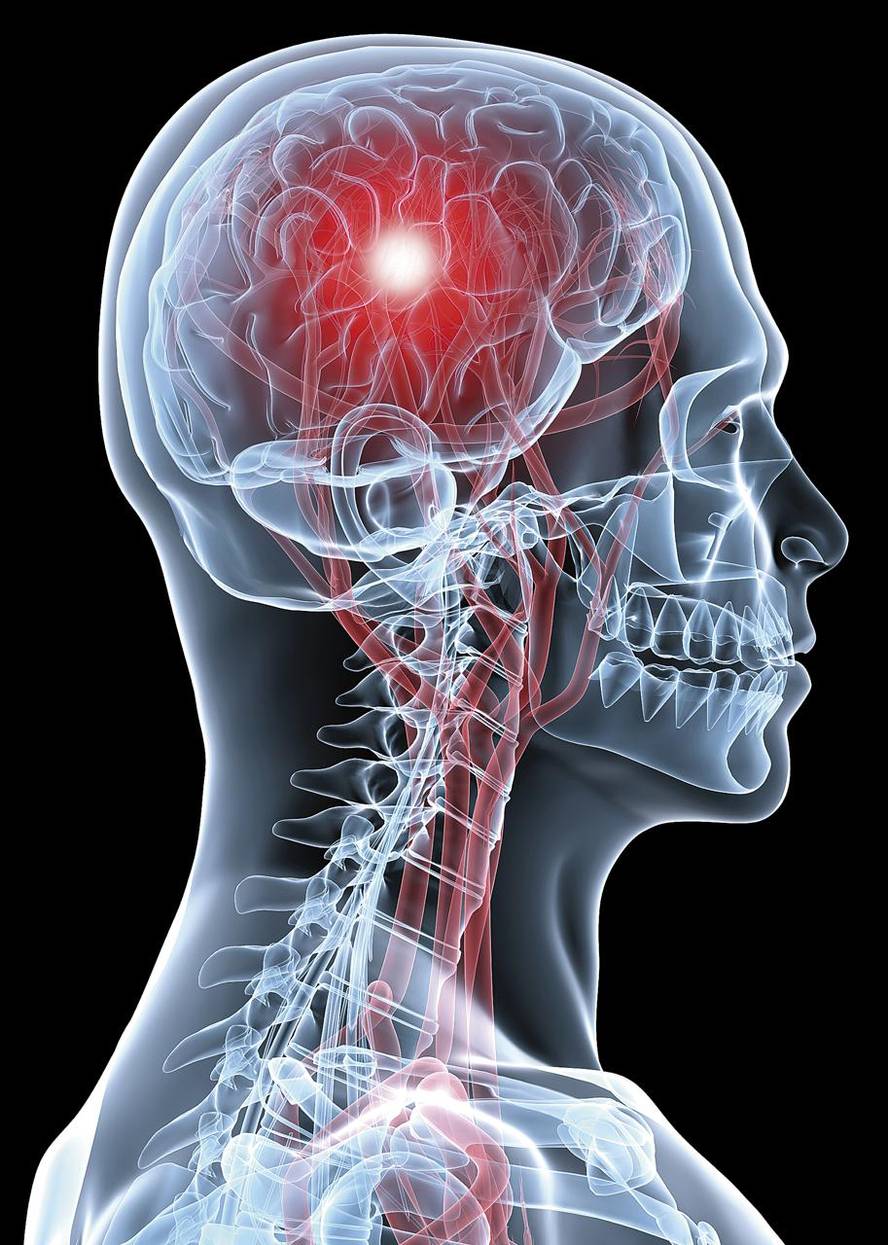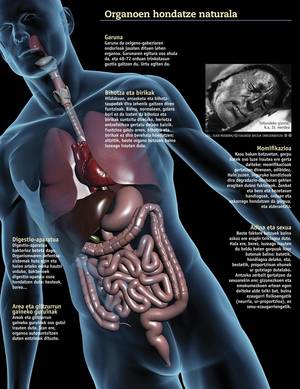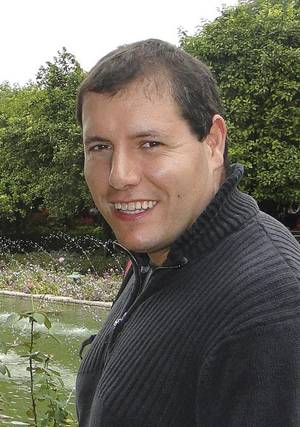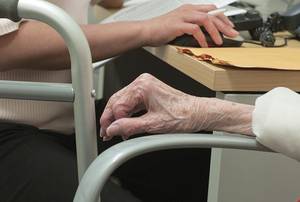Death, a road without return
"The factor that has influenced the concept of death in recent years is the transplants". These are the words of Luis Miguel Querejeta. He is Head of the Forensic Pathology Service, according to him, for many years doctors had no problems ensuring a person's death: "The footprints for when the doctor arrived at the deceased were visible." Thus, they guaranteed death with the available techniques: an ordinary medical examination, a phonendoscope, etc. However, the transplants changed radically because they "force you to play on the border."
According to Querejeta, many people find it difficult to understand. "Death is not sudden. It is a process, a step of time, in which vital functions are gradually extinguished until the situation becomes irreversible. Because of the transplants, we have had to go back in time until the time when physiological death has not yet occurred but the functions are irreversible."
In order for the organs to be adequate for their transplant, the physiological parameters of the body must be within normal limits. That is, blood pressure and the oxygen level of the blood should be normal and the body temperature should not be below 32º C. "That means that the heart and lungs must be in progress," said Querejeta.
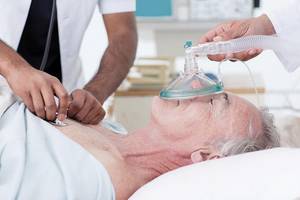
In case of brain extinction
In fact, death (and life) does not depend on the heartbeat and breathing, but artificially it can be achieved that a person in an irreversible state has the heart and lungs functioning. But if there has been brain death, that is, if the activity of the brain has ended, this person will not be able to return to life. He is dead.
Querejeta explains that from a legal point of view it is very clear when and under what conditions one can ensure that a person is dead. "According to the cause we can have two basic situations. One is to stop the heart and lungs. In this case, you must confirm that there is no breathing or heartbeat for 5 minutes. This is seen with a fonendoscope and an electrocardiogram. And the other situation is that the brain loses its functions."
In this second case, the doctor should show that the brain has stopped its activity. The law establishes criteria for its certification, depending on the cause of death and age. Kerejeta clarifies why: "We are much more demanding with newborns and infants than with adults, since in them the ability to retreat in a critical situation is much higher. That's why we can wait 48 hours to ensure that the brain has lost activity."
On the other hand, with adults, and in the known causes of death, it is easier to ensure death. "For example, at the other end of the aforementioned case, it may be that of a person who has suffered a serious car accident. If we see that the brain centers are destroyed, just do a normal exam and an electroencephalogram to confirm that it is dead."
From one end to the other, the time it takes to ensure death changes, and there comes into play the rules of transplants. In any case, the law is very clear, according to Querejeta. "The law leaves no room for doubt. This does not mean that there are no difficult cases. For example, in cases of hypothermia, or in cases under the influence of drugs, death cannot be guaranteed until these conditions disappear. But from a clinical point of view, the criteria are very strict and clear."
Conditioned by transplants

A few years ago, most organ donors were killed in traffic accidents. But this has changed radically in recent years. Querejeta has lived closely the change: "When I started working here, 90% of the donors were killed in a car accident. They were young boys with traumatic brain injury. Now, fortunately, car accidents have been greatly reduced, which has meant a change in the profile of donors."
It says that the current profile is that of an older person with a stroke or a sudden ischemic stroke. "This causes brain death. Most of the organs that are transplanted come from these cases". Although the donor profile has changed, Querejeta stressed that transplants have not decreased, "which means that the system works properly." In fact, worldwide, the Basque Country is the territory with one of the highest rates of transplants, far above the United States, Canada and many other European countries.
For this to be so, once it has been confirmed that death has occurred, it is essential to act as soon as possible for the organs to be as good as possible. "This is what gives urgency to the situation. The sooner it is to be extracted and transported to the place of the transplant, the better the organ will be," said Querejeta.
In addition, it should be noted that not all organs have the same ability to stay outside the body: the kidneys can last between 24 and 48 hours, but the heart and lungs can only last between 3 and 8 hours. Includes liver and sand (about 12 hours) and intestines (6-12 hours). The tissues, on the other hand, last much longer: the cornea can last between 5 and 7 days and the tendons and bones can freeze and stay years in good condition.

Attempts to resurrect
On the other hand, sometimes it is possible for a patient with the heart and the lungs to recover due to an attempt at cardiopulmonary resuscitation. According to Querejeta, the doctor should evaluate in each case the extent of the effort according to the pathology of the patient. "A minimum time is not set. For example, sometimes you can lengthen 45 minutes or an hour the toning attempt. Why? Because he is a child and you have rescued drowning with hypothermia, and you know that under these conditions the situation is reversible."
The opposite: "You have a regular patient with incurable heart disease who suffers from a cardiopulmonary arrest. It's clear that it's not worth spending 45 minutes to revive, because you know it's not going to revitalize because it was already very weak."
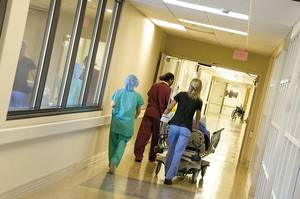
Another aspect to take into account is ethics: "From a moment on, prolonging the resuscitation is not ethical, because we are convinced that the situation is irreversible and meanwhile the relatives and relatives wait and suffer uselessly." Therefore, according to the case, emergency physicians decide how much to extend cardiopulmonary resuscitation.
In some cases, the goal is not to recover the patient, but to obtain a donor for transplants. Kerejeta puts the following example: "A young man suffers a serious car accident. He has suffered a great traumatic brain injury and has died. If emergency services arrive quickly to the place of accident and see that cardiopulmonary functions can be recovered, they will do everything possible for the young person to return to life, not because that is not possible, but to have an organ donor."
Querejeta has praised the work of all professionals working in transplants: "From emergency doctors to surgeons who carry out the transplant involved professionals such as resuscitation, dialogue with relatives of the deceased, logistics... It is a chain in which all links are important. Because the professionals we have in each of the links do their job perfectly and thanks to this we get these transplant rates". It is the other side of death.



